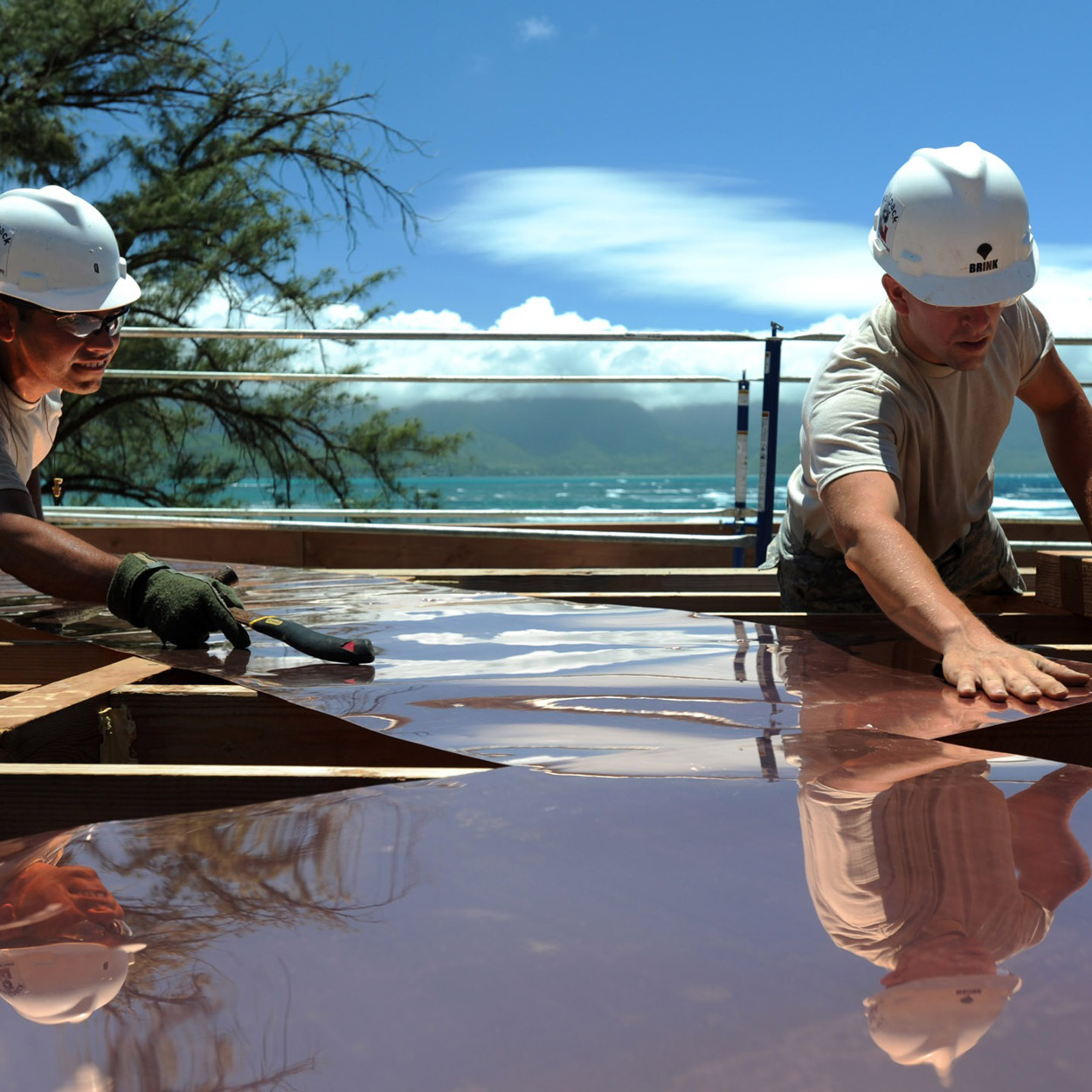Do we need a siesta on hot days?
Numerous medical officers have proposed the concept of an extended lunch break for employees in Germany, modelled on a southern European siesta. This has met with approval from employee organisations, the trade union federation and some employers. Below we have answered the most important questions about the possible siesta in Germany.

What is a siesta?
A siesta corresponds to the traditional Spanish midday rest. When the outdoor summer temperatures in southern Europe reach their peak in the midday hours, work - which is particularly physically strenuous - is stopped and shifted to the cooler evening hours, for example.
A procedure that is now also being discussed for German employees in terms of heat protection and decreasing performance and mental capacity at high temperatures. The strain on the body caused by the increased pumping of blood into the external vessels can lead to lower blood pressure and a higher heart rate, according to Johannes Nießen, chairman of the medical officers in Germany.
In addition to the additional physical strain and the reduced ability to concentrate on hot days, the issue of sun protection also plays an important role here: skin cancer is the most common occupational disease in construction and the most common occupational cancer.



What could a siesta or customised heat protection look like in Germany?
The most effective heat protection possible depends on the respective workplace or the corresponding conditions on site and must therefore be implemented individually . The following measures are generally discussed at :
- Shifting working hours to the cooler hours in the morning and evening
- Effective sun protection in the office through closed blinds and active ventilation at night
- Removing heat sources such as printers and photocopiers from offices
- An adapted, relaxed dress code
- The provision of drinks such as water or tea
What should you do during a siesta?
A good siesta is not necessarily the same as the clichéd nap on the veranda. What is certain, however, is that you should give your body a rest during this time . This also means that the siesta should not be used to do the shopping or exercise excessively.
A short nap on hot days, the well-known power nap, definitely has its advantages - especially when sleep is more restless or shorter on tropical nights:
- Increased performance
- Long-term protection of health
Why is Siesta being criticised?
Critical voices have been raised by the Association of Family Businesses, among others. A nationwide need for a siesta is not currently seen here . Models such as trust-based or flexitime, which are already anchored in the employment contract, are already good options for employees to organise their time more flexibly and thus start or finish work earlier on hot days.
The general feasibility of a siesta is also criticised by . Especially commuters with a long journey to work are not able to drive home for the rest period at lunchtime. Many companies also cannot afford to stop working for a few hours at during the course of their day-to-day business and especially when dealing with customers.
